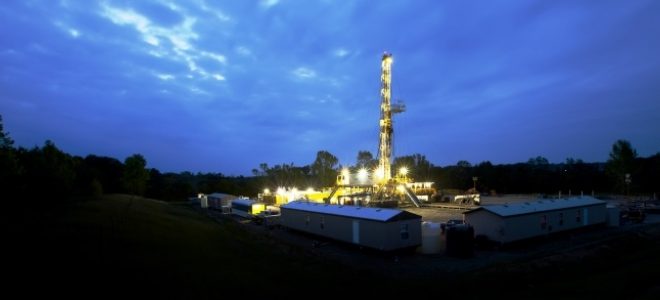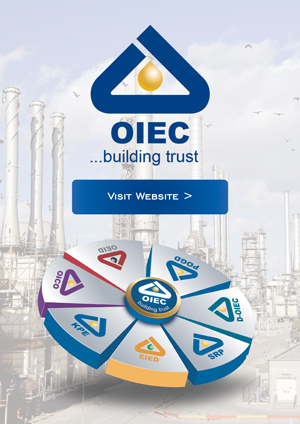The shale industry is on the verge of becoming profitable…for the first time.
“Higher prices and operational improvements are putting the US shale sector on track to achieve positive free cash flow in 2018 for the first time ever,” the International Energy Agency (IEA) wrote in a recent report on energy investment.
For years, drilling in the shale patch was like running on a treadmill. The precipitous decline in production from shale – the average shale well produces about 80 percent of its oil in the first two years of operation – meant that companies had to keep drilling new wells just to keep production flat. The cash used from one well was injected back into the ground to produce from a new well.
Ultimately, shareholders forgave the lack of profits in the hopes that continuous growth would one day lead to juicy returns. The growth-at-all-costs model convinced Wall Street for a while, and money poured into the sector. Triple-digit oil prices in the period between 2010 and 2014 reassured both oil drillers and their financial backers.
Over that half-decade, investment quadrupled, and production from shale grew by eightfold from 0.44 million barrels per day to 3.6 mb/d, which represented “the fastest growth in oil production in a single country since the development of Saudi Arabia’s super-giant oilfields in the 1960s,” IEA analysts Alessandro Blasi and Yoko Nobuoka wrote in an analysis.
But all of that production still didn’t produce profits. The industry amassed $200 billion in negative cash flow in the 2010-2014 period. That bill had to be paid through higher debt, equity issuance and asset sales.

The 2014 market downturn forced a bunch of companies operating on the edge out of business. Nearly 100 shale companies filed for bankruptcy in 2015 and 2016.
See also Tell us what you think: With OPEC and its allies set to meet, where are oil prices headed?
The downturn forced a rethink, and after years of cost-cutting and tight-fisted financing, the numbers started to improve. Total investment in shale fell by 70 percent between 2014 and 2016, but notably, production didn’t see a corresponding meltdown, more of a correction. Production began to rise again as drillers learned to do more with less.
As oil prices stabilized and edged back up, investment began flooding back, rising by 60 percent in 2017. Still, profits remained elusive. “Asset sales once again became the main source of financing operations,” the IEA said.
Permian production skyrocketed and drillers began throwing rigs back into operation. But several years on from the beginning of the downturn, investors demanded a change in strategy, with an emphasis on cash flow, returns, dividends, share buybacks and capital discipline. Shareholders pressed drillers to abandon the growth model and sought changes to executive compensation to downgrade the rewards for production growth.
The spike in oil prices this year is a huge gift to the industry. With breakeven prices on shale wells much lower, the surge in prices could push companies into profitable territory. “Since its inception, the industry has been characterised by negative free cash flow as expectations of rising production and cost improvements led to continuous overspending in the sector,” the IEA said. “Over the last few months, the industry as a whole has seen a notable improvement in financial conditions, though the picture varies markedly by company, and the overall health of the industry remains fragile.”
The conditions are lining up in a favorable way for the shale industry. Production is rising, prices are up, and so far cost inflation has not eaten away too much at the efficiency gains. Also, the industry is much more consolidated than it was in the past, which brings economies of scale. Improvements in drilling technology and the spread of digitalization is also yielding benefits. “[W]e estimate that the shale sector as a whole is on track to achieve, for the first time in its history, positive free cash flow in 2018.”
See also EIA Reports Largest Crude Draw Since 2016
There are risks to this forecast. The pipeline constraints in the Permian will force a slowdown in production over the next year. More painfully, Permian-focused companies that have not locked up hedges for their output, or have not secured available space on the region’s pipelines, could suffer from steep discounts – often in excess of $10 per barrel – for their crude. Other bottlenecks for natural gas takeaway capacity as well as for wastewater, could also drag on Permian producers.
The IEA also said there are “clear signs of overheating” in the Permian, which is stretching available labor, materials and equipment. There is uncertainty about whether further productivity advancements can offset these inflationary challenges.
Then, obviously, there is the risk of a slump in crude oil prices or, more broadly, an economic downturn that drags down the entire sector.
But some of those problems only hit specific companies. The conditions for the entire industry, by and large, are better than at any point in shale recent history. For now, the U.S. shale industry seems poised to finally post positive cash flow.






